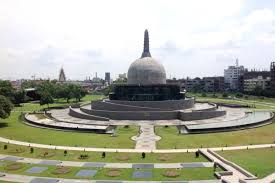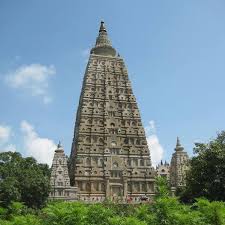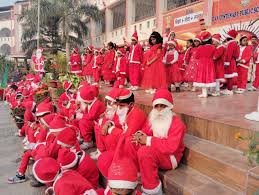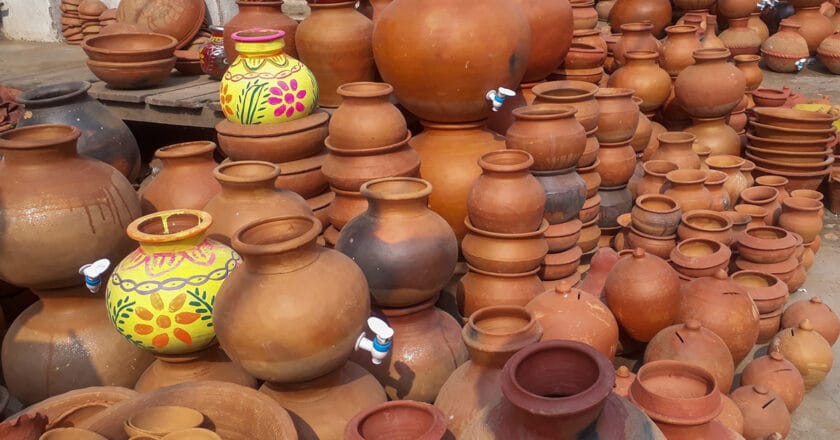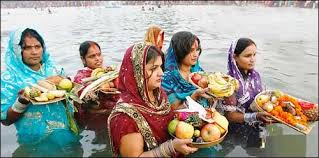Buddha Smriti Park | Buddha Memorial Park is a prominent landmark tourist attraction in the city of Patna Bihar
Buddha Smriti Park, also known as Buddha Memorial Park, is a prominent landmark and a significant tourist attraction in the city of Patna, Bihar, India. The park is dedicated to the memory of Lord Buddha, the founder of Buddhism, and serves as a place of meditation, reflection, and cultural significance. Here are some key features and details about Buddha Smriti Park:
Location: Buddha Smriti Park is centrally located in Patna, near the banks of the Ganges River. It is situated in close proximity to several important historical and religious sites, including the Mahabodhi Temple in Bodh Gaya, where Lord Buddha is said to have attained enlightenment.
Establishment: The park was inaugurated in 2010 by the then Chief Minister of Bihar, Nitish Kumar, as a tribute to Lord Buddha on the occ...

